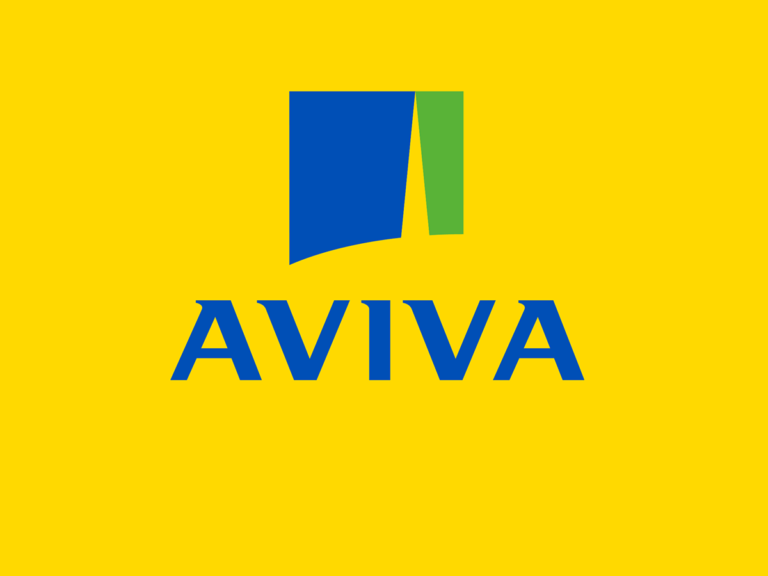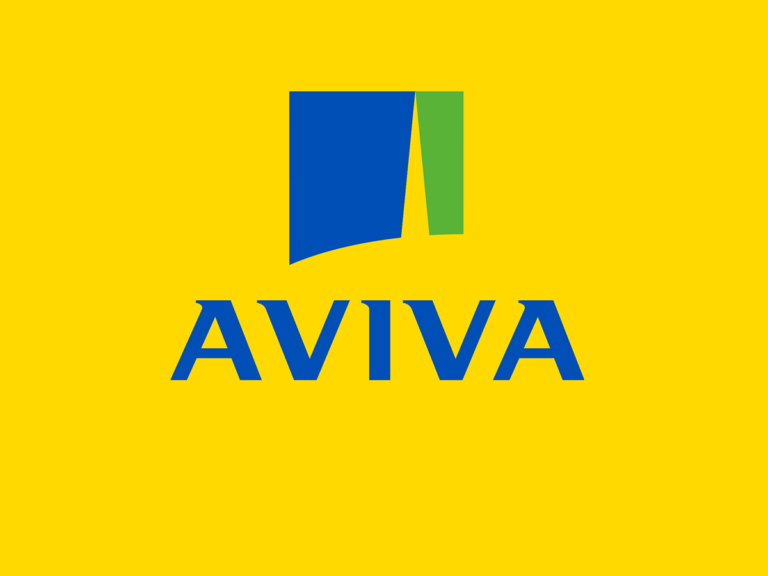Title Page
-
Site conducted
-
Date
-
Completed by
-
Location
-
To view our Loss Prevention Standard that supports this checklist, please view the following link : https://connect.avivab2b.co.uk/documents/view/aviva_external_and_internal_third_party_exposures_-_property_protection__lps_.pdf
External and Internal Third Party Exposures – Property Protection Checklist
-
1. Has a formal fire risk assessment been completed that considers property damage and business impact to your activities?
-
2. Do you know the construction of your building and its internal finishes, and have accurate building drawings?<br><br>• What are the materials of construction, walls and roof?<br>• Is there any fire resistance?<br>• Is there any resistance to structural collapse?<br>• Is there any ability to resist the passage of fire, hot gases and smoke?<br>• Is there any ability to resist conduction of heat?<br>• Are there openings, roller shutters, doors, windows, etc?<br>• Are there roof lights, roof vents, etc?<br>• Are there ventilation and extraction systems?<br>• Are there other externally mounted equipment or services?<br>• Are there overhangs, canopies, etc?<br>• Are there annexes, temporary buildings, etc?<br>• Is the roof eave sealed?
-
3. In all directions, are there any buildings that expose your site? State separation distance and building height, including those directly adjoining your building, with a simple sketch plan if appropriate.<br><br>• North<br>• East<br>• South<br>• West
-
4. Based on what you can see, your knowledge of the site and your relationship with your neighbours, do you know what the exposing buildings are constructed from? State any areas where you think the construction may be combustible, including features such as walls, roofs, and canopies.<br><br>• North<br>• East<br>• South<br>• West
-
5. Based on what you can see, your knowledge of the site (including the age of the buildings) and your relationship with your neighbours, do you know or think their construction or internal finishes may include elements of asbestos-containing materials?
-
6. Based on the height and separation distance of the exposing building or buildings, if it collapsed could this impact your buildings or business?
-
How, for example: spread of fire, heat or smoke damage, denial of access?
-
7. Is your building directly attached to any other buildings, or does it form part of a multiple occupancy building?<br><br>• Are any elements of the construction combustible, so that a fire in the exposing area can spread on the fabric of the building into your area or building?<br>• Is there an appropriate fire and smoke compartmentation strategy between you, and these exposures?<br><br>• Are there accurate fire compartmentation floor drawings for the site, including:<br>o Materials of construction?<br>o Fire resistance in minutes?<br>o Structural resistance (ability of the material to resist structural collapse)?<br>o Integrity (ability to resist the passage of fire, hot gases and smoke)?<br>o Insulation (ability to resist conduction of heat)?<br><br>• Are there any shared services, such as service risers, ventilation systems, cable risers, utilities, or drainage? If so, are these appropriately fire-compartmented?<br>• Are there any heat and smoke vents that could open and expose your activities?
-
8. Are there any tenants, sub-tenants or other occupants in your building that are not under your direct control (i.e. are they an ‘internal’ third party)?
-
What do they do?
-
Are they fire-compartmented from your activities?
-
9. Based on what you can see, your knowledge of the site and your relationship with your neighbours, do you know what the business activities are within any exposing buildings?<br><br>• North<br>• East<br>• South<br>• West
-
10. Outside of your control, are there any combustible materials or activities in the yard areas within 10m of your buildings, structures or your own yard storage or yard-based equipment, such as skips, wheelie bins, combustible waste, storage, trees and vegetation, pallets, gas bottles, gas or oil storage, smoking facilities, parked vehicles, etc.?
-
11. Have you considered the risk of arson affecting combustible items kept in the open or affecting neighbouring buildings?
-
12. Do any of the exposures facing your assets change throughout the:<br><br>• Day?<br>• Year?<br><br>Is the exposure cyclical or seasonal?
-
13. Based on what you can see, your knowledge of the site and your relationship with your neighbours, do you know if your exposures have appropriate automatic fire detection or fire suppression systems?<br><br>• North<br>• East<br>• South<br>• West
-
14. Are your automatic fire detection or fire suppression systems appropriate for the risks created by third parties or yard exposures?
-
15. Are your activities resilient against fire, heat and smoke?<br><br>Would any machinery, plant, contents and stock be:<br>• Readily ignited by fire?<br>• Resilient to conducted heat?<br>• Susceptible to smoke contamination?
-
16. Are there appropriate interlocks and automated building management controls to shut down systems where air can be drawn into your building such as roof vents, heating ventilation and air conditioning systems?
-
17. Do you have an Emergency Plan in the event of fire occurring outside your building or in a neighbouring building, and does it include:<br><br>• Shutdown or closing of air handling services?<br>• Closing of doors, windows, roof vents and other openings?<br>• Removing or moving combustible items and waste in the open?<br>• Wetting-down of combustible items and waste in the open?<br>• Safe shutdown of equipment and services in the event of fire brigade request for premises evacuation?<br>• Other actions?
-
18. Do you have a working relationship with your neighbours whereby you can raise any issues of their exposure with them?
-
19. Are you aware of the prevailing wind conditions and how this could impact the exposure especially regarding air intakes, windows, doors, and eaves into your building?
-
20. Aside from fire risks, are there any other third party exposures that could threaten your activities, such as:<br><br>• Sites with an explosion potential?<br>• Railway lines where a derailment could expose you?<br>• Aircraft or airfield?
-
21. Considering all your exposures, could an off-site incident cause you a denial of access issue?
Sign Off
-
Additional Comments
-
Completed by (Name and Signature)
-
Please Note
This document contains general information and guidance only and may be superseded and/or subject to amendment without further notice. Aviva has no liability to any third parties arising out of ARMS communications whatsoever (including Loss Prevention Standards), and nor shall any third party rely on them. Other than liability which cannot be excluded by law, Aviva shall not be liable to any person for any indirect, special, consequential or other losses or damages of whatsoever kind arising out of access to, or use of, or reliance on anything contained in ARMS communications. The document may not cover every risk, exposure or hazard that may arise and Aviva recommend that you obtain specific advice relevant to the circumstances.

















